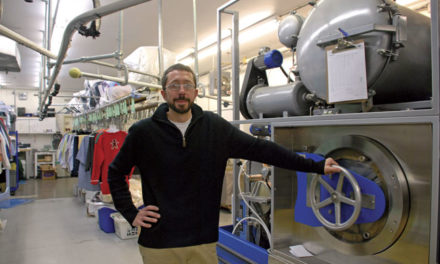
by JANET MANDELSTAM
There’s a new way of looking at medical care, and it’s being embraced at Indiana University Health. It’s called population health management, and it’s changing the way medical establishments interact with patients.
The traditional model of care is transactional, says Dr. Michael Teague, a family physician at Southern Indiana Physicians. “The doctor diagnoses and treats the patient and they leave,” Dr. Teague explains. “The doctor is taking care of one patient at a time.” The overall goal of population health management is to make Indiana healthier as a state. “You can’t do that if you are just reacting to the patient coming into your office,” he says.
Population health management improves both clinical and financial outcomes, says Zachary Niehaus, regional program manager at IU Health. “The focus is on improving prevention and screening among high-risk patients while at the same time reducing the total cost of health care,” Niehaus says.
For a family physician like Dr. Teague, that means proactively managing chronic conditions and preventing hospital readmissions.
When a patient leaves the hospital, Dr. Teague says, “We set in motion a way to get them appropriately followed up so they don’t get readmitted. That’s best for the patient and best for the hospital system because in-patient care is the most expensive way to care for someone.”
As for chronic conditions, Dr. Teague uses the example of patients with diabetes. “Rather than have them call us when they have problems, we find the folks with high A1-C [a measure of blood sugar] and check on them from time to time so we can maximize their care and avoid complications,” he says.
A team of care managers supports the patients outside the doctor’s office. “It lets them have someone to talk to about their care and helps to avoid hospital visits,” Niehaus says. “And it encourages patients to take a more active role in managing their health.”
Next on the medical horizon is the use of communication tools such as computers and mobile devices that will allow patients to access health care services remotely. “We’re moving toward a model of having our physicians provide virtual visits via telehealth,” Niehaus says.
Dr. Teague calls the changes a paradigm shift for primary care physicians. “As medicine evolves, the way we provide care to the population has to evolve with it,” he says.










